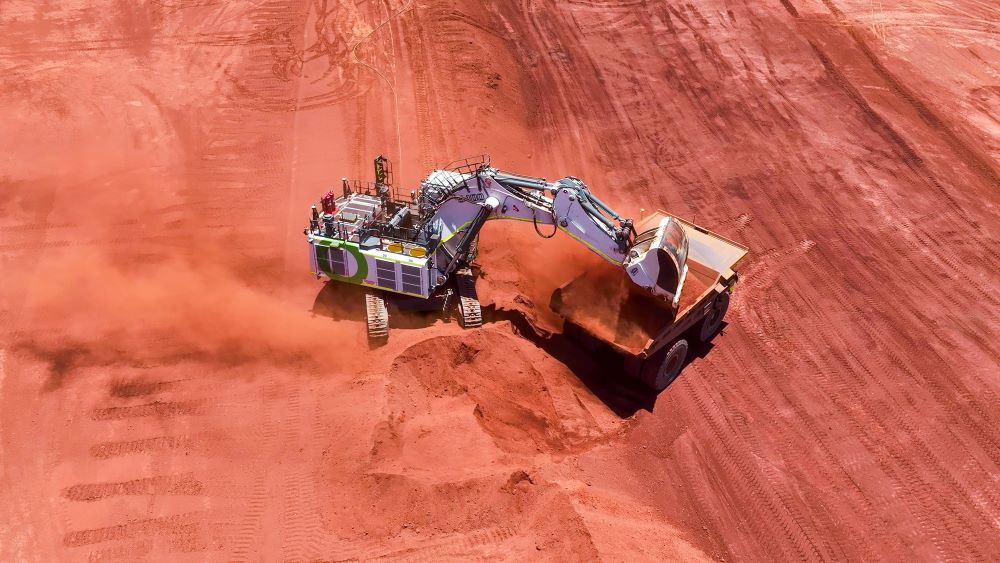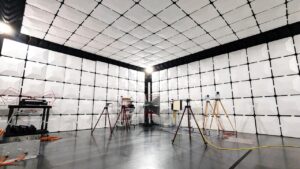Fortescue Metals says it is unfazed by the problems affecting some of the world’s leading electrolyser manufacturers, saying that the technology – the basis for the company’s huge hydrogen production plans – is still in its early phase.
Mark Hutchinson, the head of Fortescue Energy, which is charged with the company’s ambitious hydrogen and renewable plans, and for reaching “real zero” by kicking fossil fuels out of its production lines, says Fortescue’s own home-grown electrolyser technology is moving forward.
It says its own PEM-based technology has been verified and will underpin the company’s Gladstone manufacturing plant and its early green hydrogen projects.
But Hutchinson said rivals, including Bloom Energy, and one-time partner Plug Power, had been hit by market conditions, we reported on Thursday: Hydrogen hopefuls stare into valley of death.
“This technology is really at its early stage,” Hutchinson said. “We are at the state where we now need to test that technology to show the world that it works at scale. Others are having financial difficulties … there is a lack of projects getting to FID (financial closure) and that is having an impact.”
The “early days” angle was very much the theme of the energy business briefing. Fortescue has set an extraordinary ambitious target of 15 million tonnes of green hydrogen production a year by 2030, but it’s early projects in the US, and the ones it is considering in Norway and Brazil come no where near that capacity.
Analysts wanted to know if it was still achievable.
“Nobody’s ever done these projects before,” Hutchinson said. “So you know, they’re hard right … but we are 100% committed to showing the world there is an alternative to fossil fuels.
Hutchinson said three green hydrogen projects were in FID, and there was a pipeline of projects to help “prime the pump.”
“We’re going to learn a tonne from the early projects …. not just about the technology, but also dealing with this globally.
“The market is developing, it is dynamic, it changes every day. We learn every day. But that’s not stopping us at all. We still have a very ambitious plan over the next few years to develop it.”
Hutchinson said there were four key components to the company’s green energy plan – producing electrons (renewables) and molecules (green hydrogen), battery tech, hydrogen systems, and capital. And he said Fortescue was invested in all four.
“There is just no one else doing what we’re doing,” he said.
One of Fortescue’s bold commitments is to reach “real zero” – rather than “net zero” in its own production facilities by 2030, which effectively means kicking out fossil fuels, electrifying everything and powering its facilities with renewables by 2030.
It is currently testing its first battery electric haul truck prototype in the Pilbara, as well as operating the first electric excavator, and its WEA battery division is working on technologies that could be deployed in the planed “infinity train” that could deliver iron ore to Port Hedland with no fossil fuels.
Fortescue currently burns around 700 million litres of diesel a year. Its rival iron ore miner Rio Tinto, which likely burns a similar amount, is less optimistic about the speed of the switch to electric mobility and renewable power.
Rio this week announced a long term power purchase deal for a 1.4 GW wind project majority owned by Fortescue boss Andrew Forrest’s private interests.
This, along with a 1.1 GW solar contract signed last month, will help power its refineries and smelters in Queensland, and it is looking also to replace the coal generation contracts it has for the Tomago smelter in NSW.
But in the Pilbara, where Rio Tinto had planned 1 GW of new wind and solar to power its operations, the company says the new capacity requirement had been dialled down to around 600 to 700 MW.
This, it said, is because the timeline for large-scale deployment of battery electric haulage solutions has been extended until the 2030s.
Rio Tinto has been trialling a 20-tonne Scandia truck in the Pilbara and will this year add its first electric haulage truck.
So, who is right and who is wrong? Fortescue says it will kick out fossil fuels by 2030, and Rio Tinto says it won’t happen until the following decade.
We put the question to Hutchinson. “We are right,” he said.
Let’s hope so.










